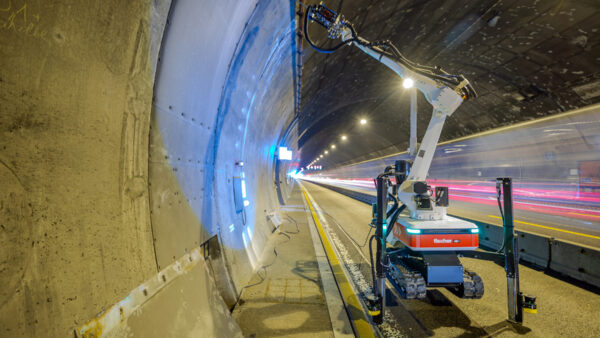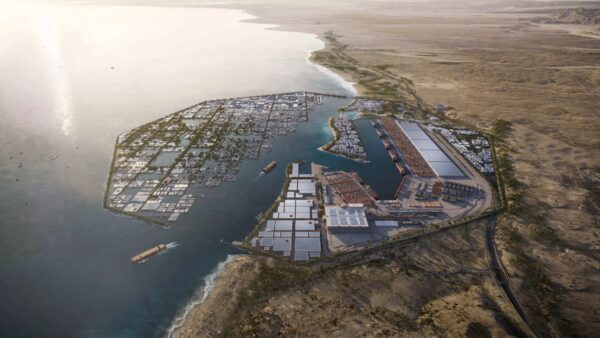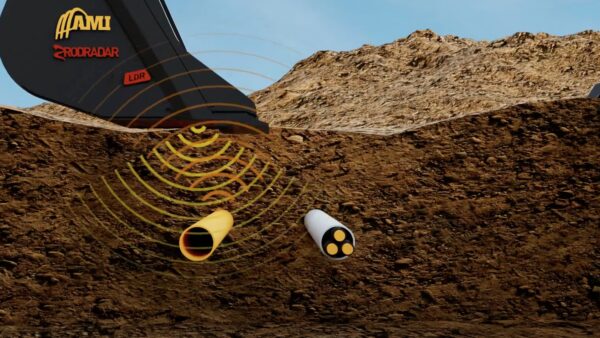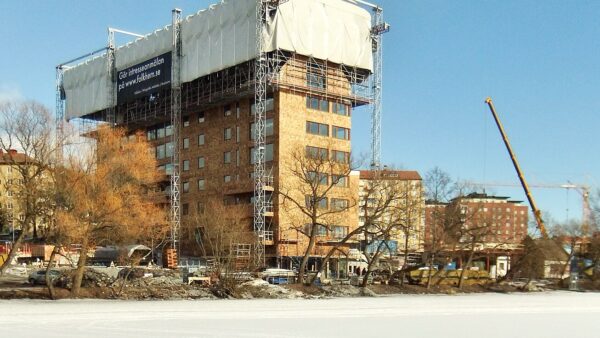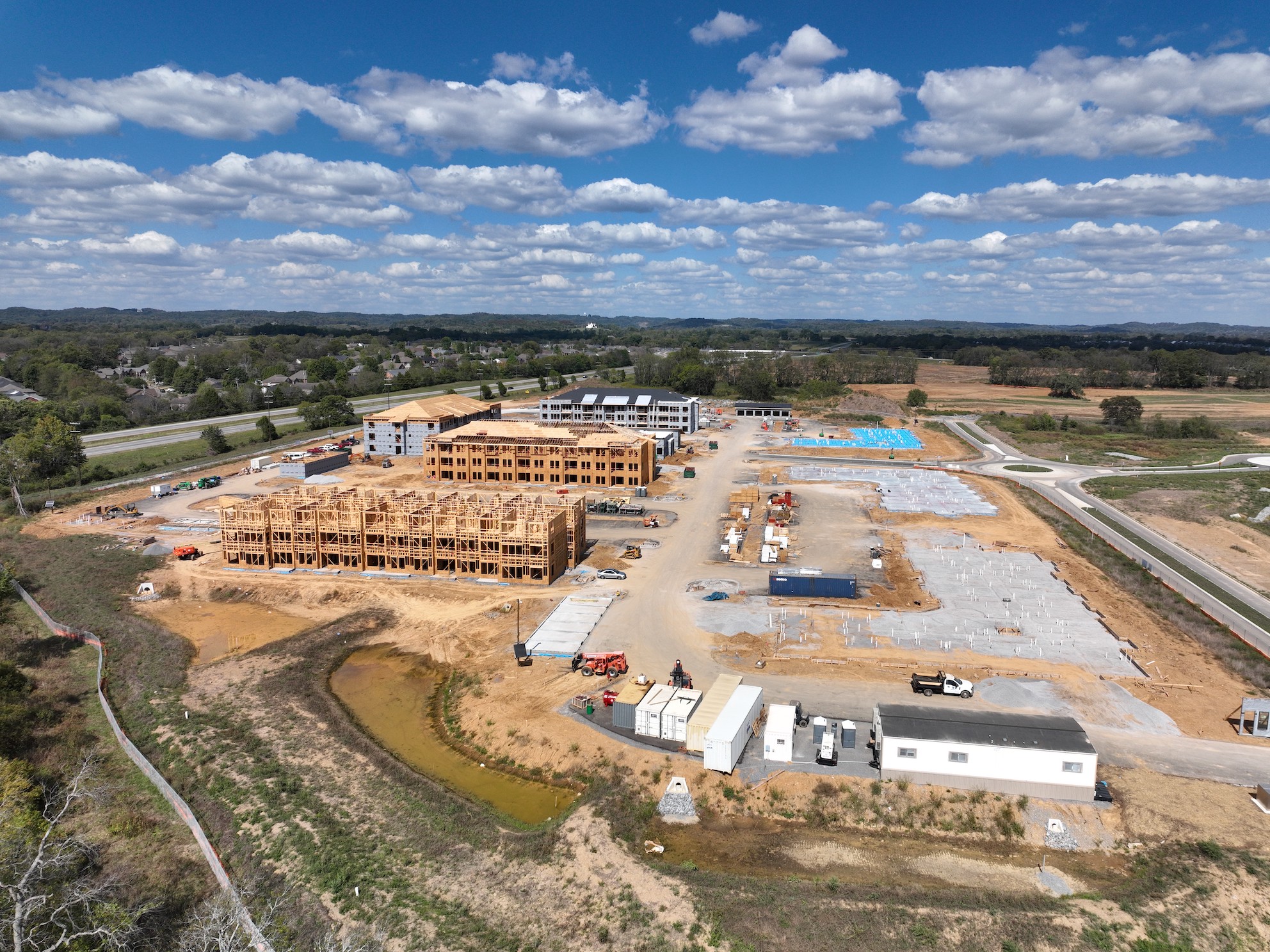
Formerly a platoon leader and company executive officer with the 101st Airborne Division, Bryce Barnes is director of innovation at Nashville-based Hardaway Construction.
Artificial Intelligence is no longer just a buzzword. It’s a new tool construction companies of all sizes are using to improve efficiency and strengthen their workforce.
Once reserved for tech giants with deep pockets, AI is now accessible enough to be customized for industry-specific needs.
Two examples we use at Hardaway Construction are AI-powered employee training and a bot that automates the search for requests for proposals (RFPs).
Training new staff
Every construction company knows that safety and efficiency start with training.
Bringing on new employees often requires walking them through safety protocols, job-site procedures and company standards.
Traditionally, this involves handing out manuals, hosting training days or having experienced workers take time away from projects to explain processes.
While effective, this system can be inconsistent, time-consuming and costly.
To solve this, we uploaded our company’s standard operating procedures (SOPs) into an AI agent.
Instead of flipping through binders or waiting for classes, new hires can now interact with the AI in real time.
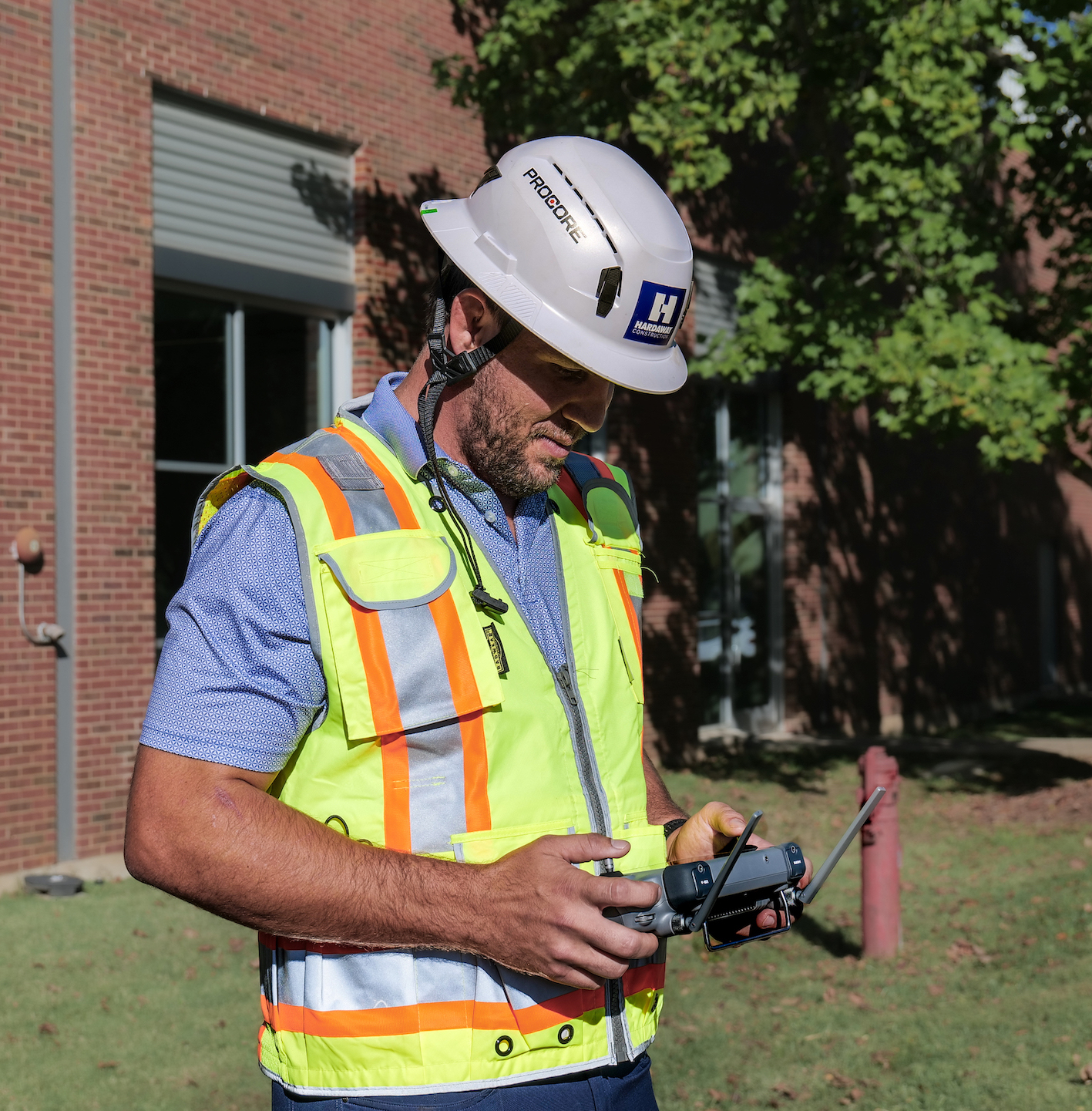
Employees can have candid conversations with the SOPs and ask questions to the bot. This creates a natural interaction for new employees, instead of the static reading of PDFs.
Automating the hunt for RFPs
In construction, landing new work often comes down to spotting opportunities early.
RFPs represent the gateway to new projects but finding them isn’t always easy.
They’re posted across multiple websites and, for smaller firms, manually searching through these sources can be a significant drain on time.
Historically, some companies relied on third-party services to gather RFPs, but these tools were expensive and often hidden behind subscription paywalls.
With AI, that has changed.
We built a custom bot that automatically scans the web for new construction-related RFPs, compiles them into a daily roundup and delivers them to our team with summaries and requirements. This allows teams to react quickly.
Why this matters
These examples show how AI can reshape construction without replacing the human element.
Onboarding tools don’t eliminate the need for mentorship and supervision on the jobsite; they reinforce consistency and free up senior employees to focus on higher-value tasks.
Similarly, the RFP bot doesn’t replace business development teams; it empowers them by cutting down on repetitive work, so they can focus on crafting winning bids and building client relationships.
For an industry that has historically lagged in adopting new technologies, these examples demonstrate that AI is not about futuristic robots on the jobsite.
Instead, it’s about using accessible tools to solve everyday problems, keeping workers safer, saving valuable time and making the business more competitive.
The industry is shifting, and smaller companies can now compete at a higher scale, against companies who have twice the workforce.
Construction is always worried about labour shortages, but with the proper leveraging and an agile user base, one portion of that conundrum can be solved.
- Subscribe here to get stories about construction around the world in your inbox three times a week
See also:


